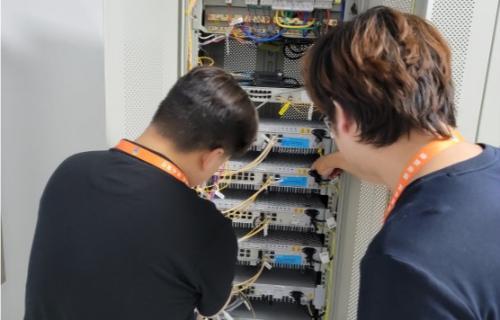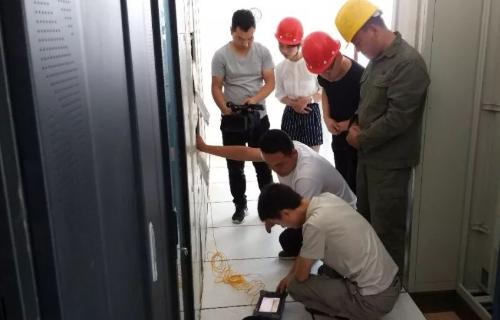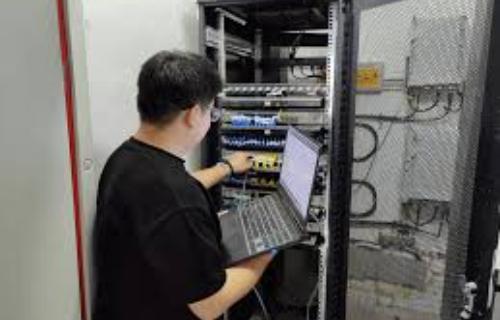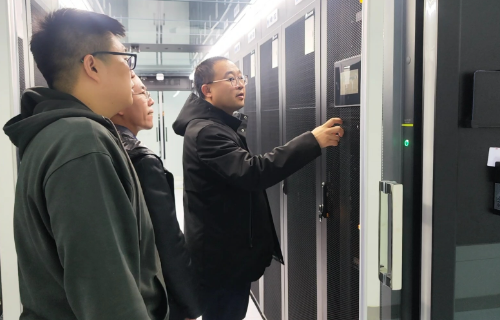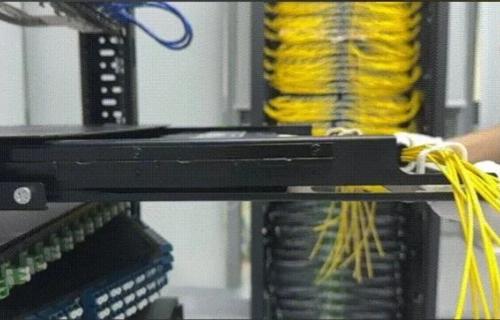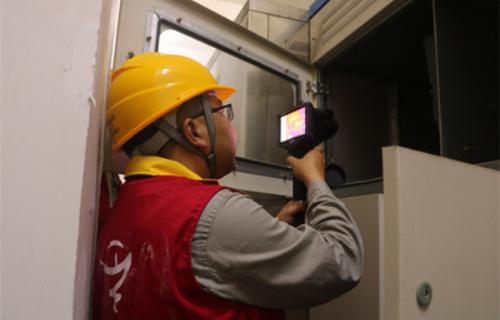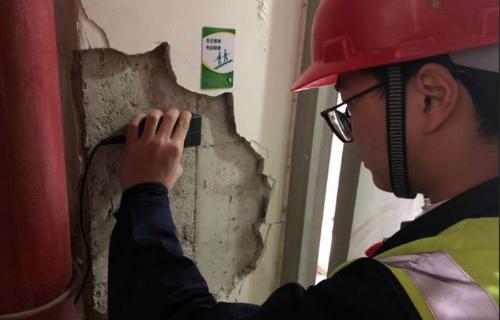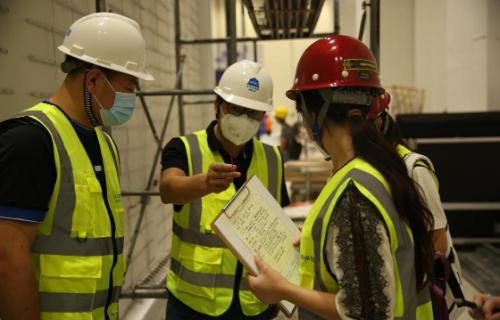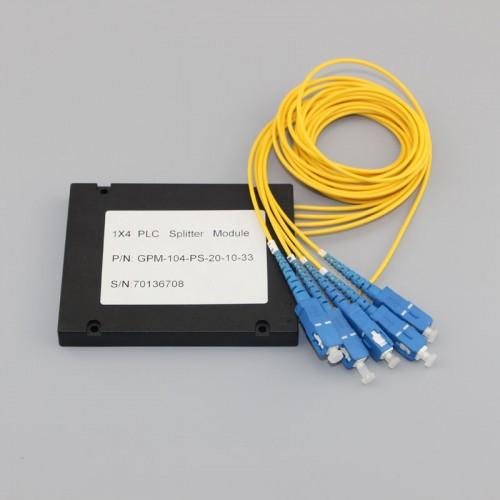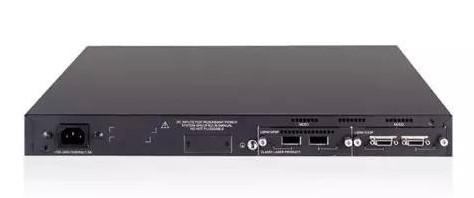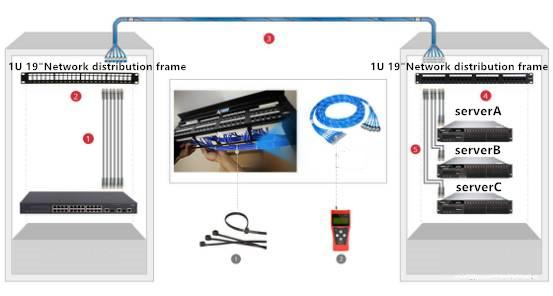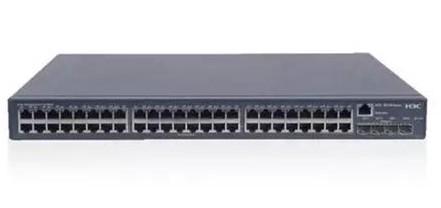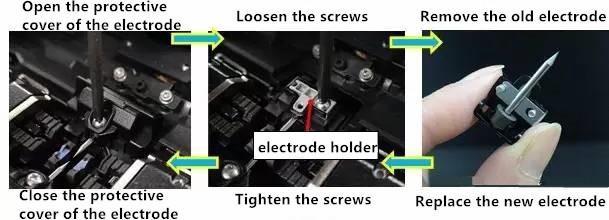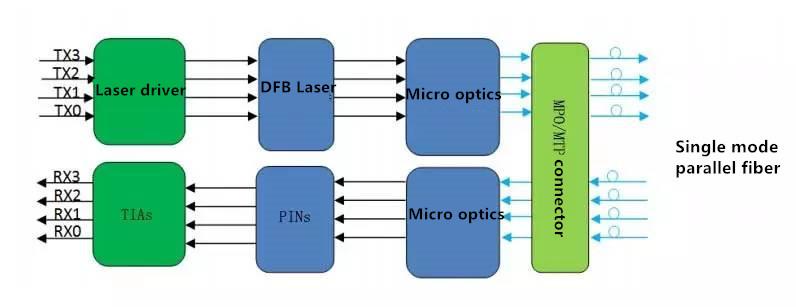- Related articles
- How to Choose an Internal Network Card?
- What is a Gigabit Ethernet Port?
- All Cisco MFEFX1's information (List price, Specs, Datasheet PDF, Compatibility matrix)
- Optical Transceivers for Cisco IE-2000-8TC-B Switch
- The Difference between Internal Network Card and USB Wi-Fi
- Used in 40GBASE-XSR4 Standard Optical Transceiver Models
- Optical Transceivers for Cisco SG300-52MP-K9-EU Switch
- The difference between QSFP+ and X2
- Optical Transceivers for Cisco IE-4000-16T4G-E Switch

Introduction:
In this article, we will briefly introduce the 10GBASE-X Ethernet standard and what is the difference between 10GBASE-X and 10GBASE-W, so that allows viewers to have a more profound understanding for 10GBASE-X technology, better to understand the basic solutions to 10GBASE-X.
What is the 10GBASE-X technology?
In the 10GBASE-X media types, an "S" stands for the 850 nanometer (nm) wavelength of fiber optic operation, an "L" stands for 1310 nm, and an "E" stands for 1550 nm. The letter "X" denotes 8B/10B signal encoding, while "R" denotes 66B encoding and "W" denotes the WIS interface that encapsulates Ethernet frames for transmission over a SONET STS-192c channel.
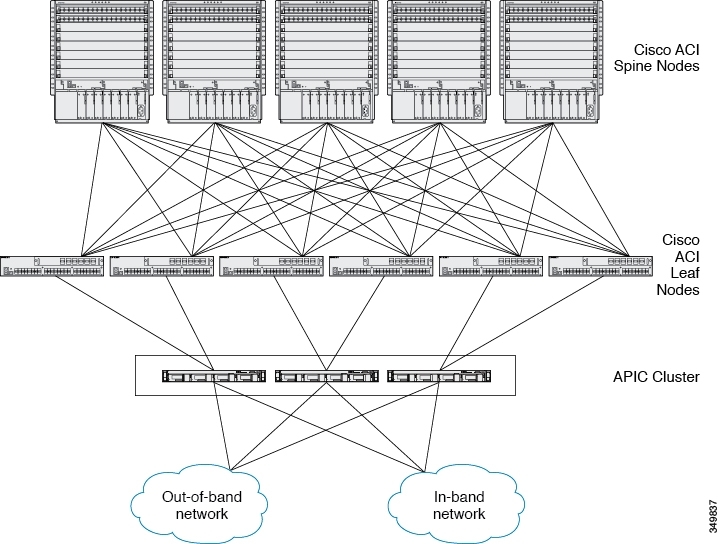
10GBASE-X Vs 10GBASE-W
10GBASE-X supports 8B/10B signal encoding and it's Compatible with both copper (10GBASE-CX4) as well as fiber optic (10GBASE-LX4) mediums
10GBASE-W Supports 64B/66B signal encoding type and it's Compatible with transmissions over OC-192 SONET based optical fiber system.








































